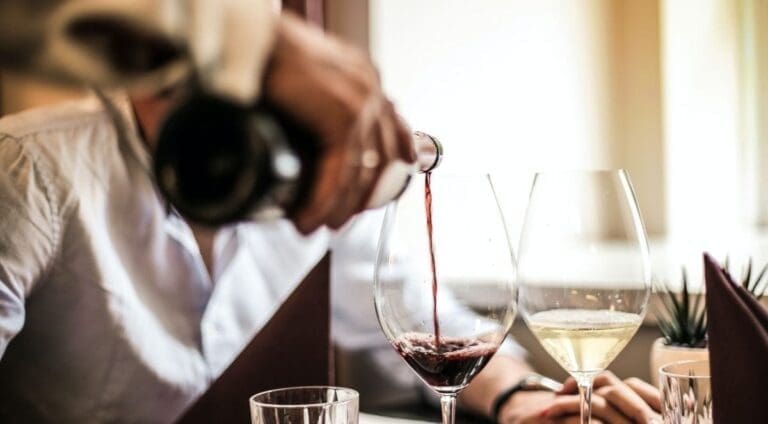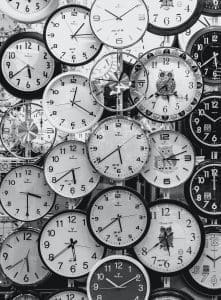 The world is becoming increasingly cognizant of the harmful health effects of excessive alcohol intake and, combined with the current narrative around stagflation, you may see people cutting back on such discretionary spending habits. One litmus test for this is to monitor the sales of half wine bottles versus full bottles at each table or, if you don’t offer half bottles, the by-the-glass (BTG) to full bottle ratio. With hotels looking to recoup their carrying costs of the pandemic, making attention to these tiny revenue-generating details can make all the difference.
The world is becoming increasingly cognizant of the harmful health effects of excessive alcohol intake and, combined with the current narrative around stagflation, you may see people cutting back on such discretionary spending habits. One litmus test for this is to monitor the sales of half wine bottles versus full bottles at each table or, if you don’t offer half bottles, the by-the-glass (BTG) to full bottle ratio. With hotels looking to recoup their carrying costs of the pandemic, making attention to these tiny revenue-generating details can make all the difference.
There are many instances where restaurant patrons will prefer to go BTG in lieu of a bottle – namely lunch. The problem with this goldilocks zone is that carrying a proper armada of BTG wines would result in a ton of spoilage. Enter the half bottle which lets hotel bars and restaurants dole out well over a standard pour per head from a freshy uncorked vintage, leaving everyone at the table satisfied while opening more of the menu to such a flexible, middle ground purchase.
From the F&B director’s perspective, the first key advantage of half bottles is that the margins can be higher than BTG purchases. As a lot of the costs to the restaurant are packaging, this isn’t necessarily the case when compared to full bottles or magnums, though, depending on how these scales are priced. As for the customer’s point of view, a bevy of half bottles opens the doors to substantially more variety as two or three different vintages can be samples during a single sitting.
Besides being more expensive on a per-milliliter basis than their full counterparts, for disadvantages, limited availability comes to mind. Many wineries just don’t offer them. Next – and this one is a subtle one – some servers somehow struggle to open half bottles, which hurts the overall presentation and casts a subconscious feeling of non-confidence over the whole ordeal.
Incorporating half bottles into your wine list is an art form that great restaurant managers and sommeliers must handle on a vintage-by-vintage basis. Should the same product be offered in both half and full bottles? This depends on who the clientele is and how quickly your inventory moves. A second issue that many don’t consider until it’s too late is that some cellars or wine storage units can’t accommodate half bottles; their slender shapes ensures that they slip through the holsters.
All doubts aside, opportunities abound, foremost in the realm of desserts – Sauternes, Tokaji from Hungary or Canadian ice wines all play a prestigious role around the globe. Given one’s reduced tolerance for sweet things, dessert wines often come in a reduced 200ml size, making them perfect for a table to explore as part of an extended, multi-course dinner. As well, some champagne houses offer half bottles or splits, generally around 187ml, as yet one more avenue for complementing great food with the right beverage proportion.
And that’s ultimately what it’s all about – when BTG is not enough, and diners are skittish to order another round. Rather than pry or plead, ask whether half bottles can fit into your wine strategy as they definitely have a solid use case to drive revenue per cover.
Broader still, you may have asked yourself when skimming through this short article: why should I care? It’s all about incremental revenue and maximizing total guest spend. Half bottles represent one use case where customers may not be in the mood for a full splurge but are willing to meet you halfway.
Now apply this psychology to every other cross-selling opportunity you present guests with – spa, golf, gift shop, room packages and arrival amenities, to name five. Offering a midway point for additional guest spend will help you increase revenues as well as let your guests augment their experiences in a highly meaningful way.
This article may not be reproduced without the expressed permission of the authors.



















